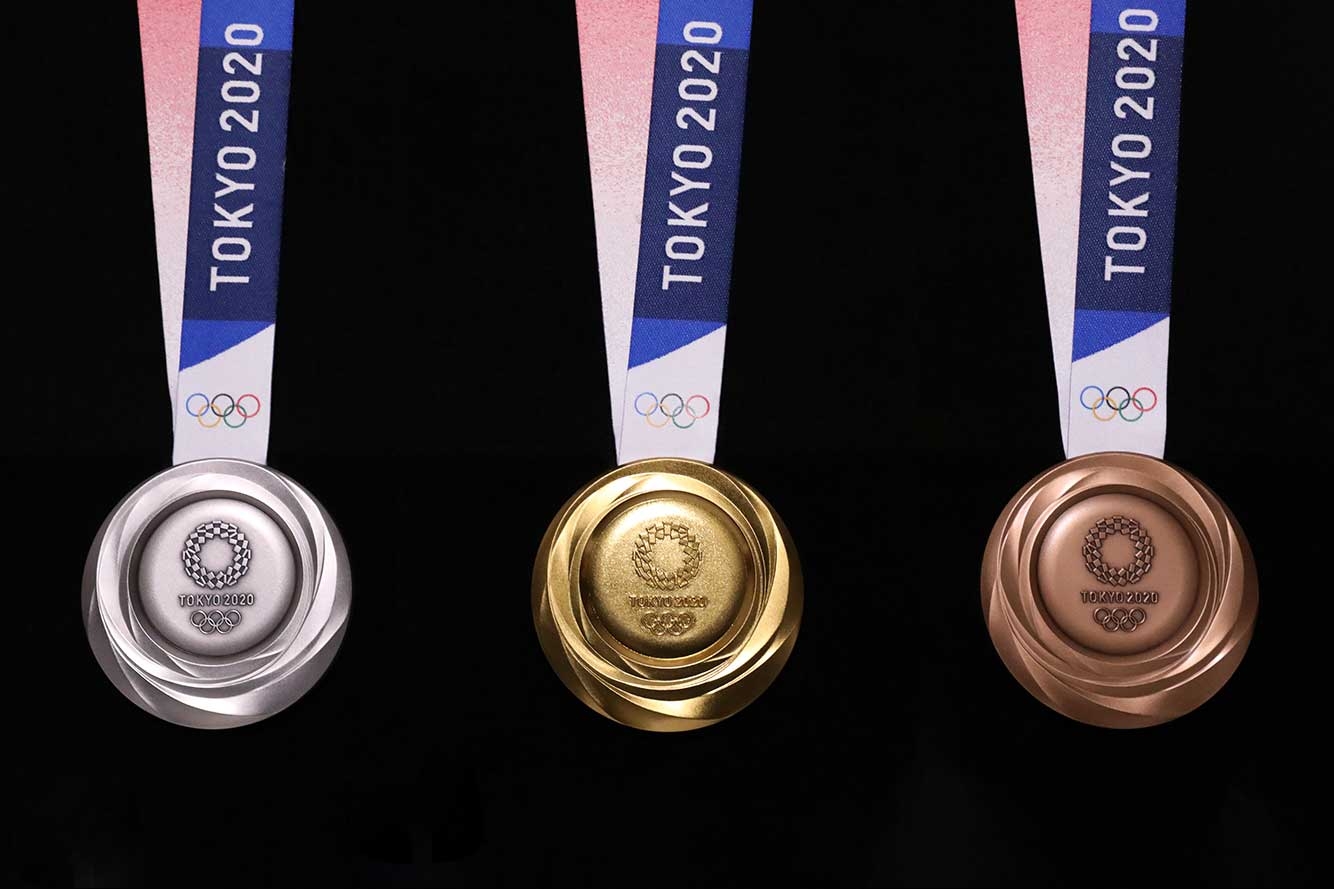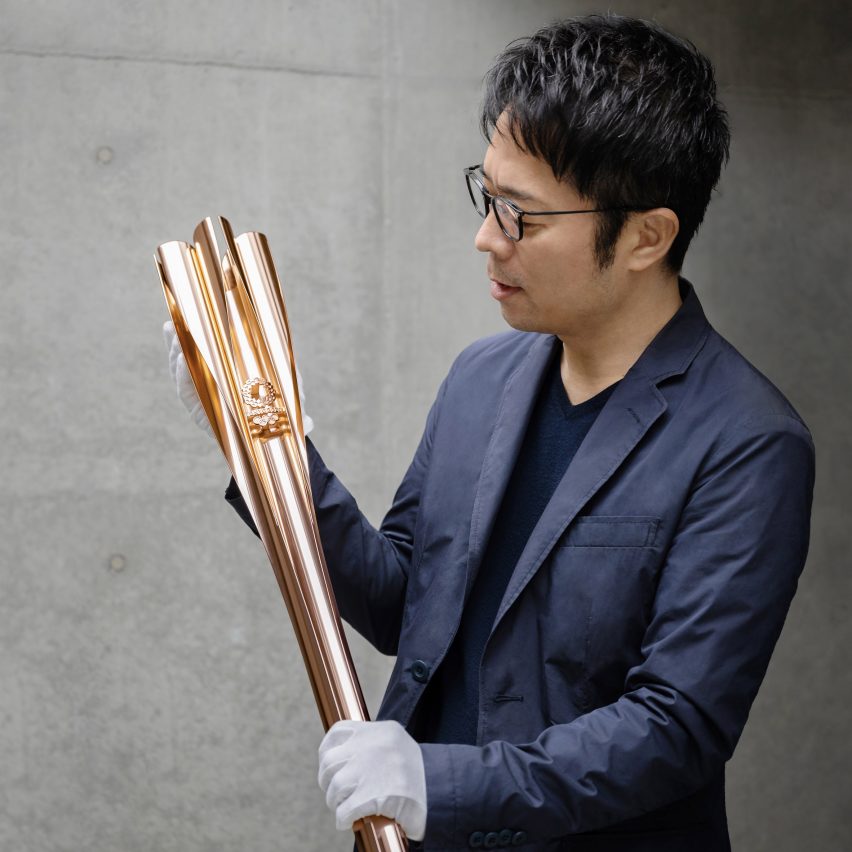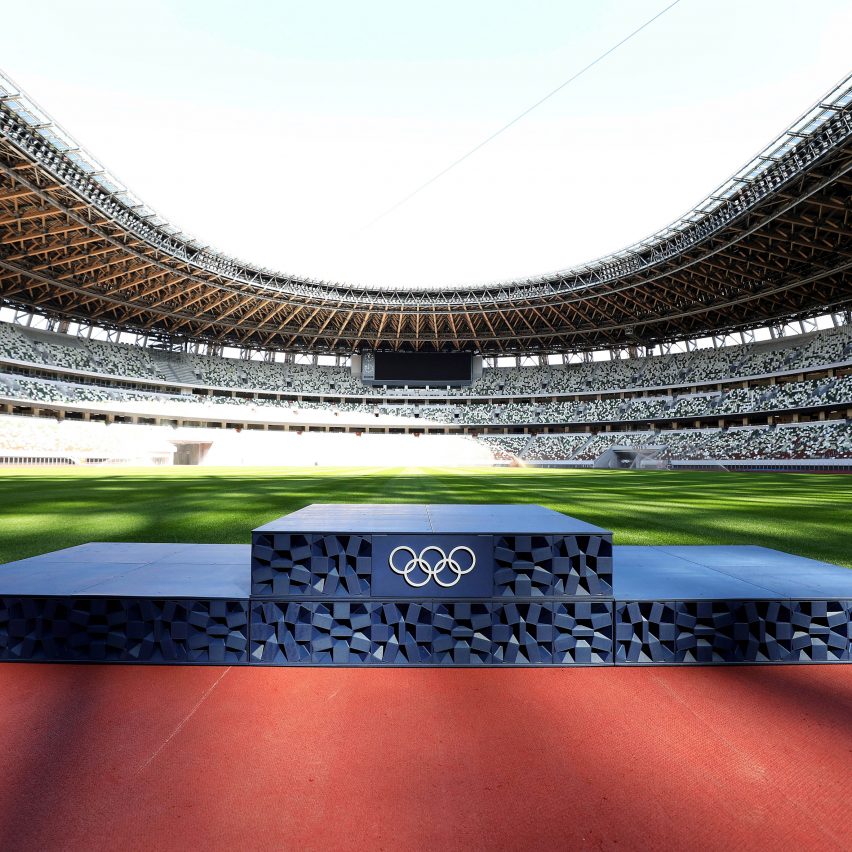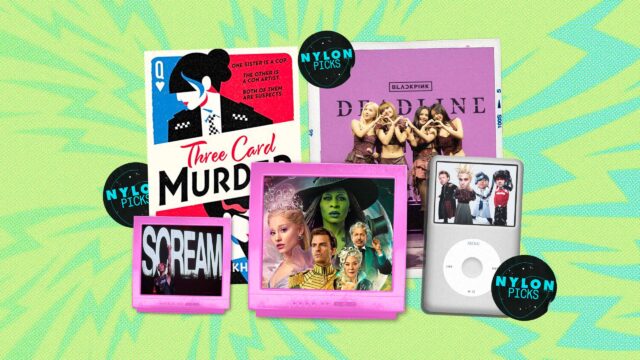The Tokyo 2020 Olympics is aiming to be the most environmentally friendly Olympics ever and that starts with what the medals are made out of.
Related: These Athletes Are Making The Olympics All The More Relatable On TikTok
With the Tokyo Olympics currently ongoing, most eyes are on athletes as they vie to earn a coveted Olympic medal for themselves and for their country. But the 2020 Olympics isn’t just all about the competition, because the Tokyo Olympics is aiming to be environmentally friendly and sustainable as well. This is actually in line with the theme for the 2020 Olympics, which is, “Be better, together – For the planet and the people.” Multiple initiatives were done to achieve this theme with one of them being what the medals are made out of.
WHAT THE TOKYO OLYMPIC MEDALS ARE MADE OUT OF

A gold medal is not actually made out of 100% gold. The last time the Olympics used all gold to make the gold medals was in the 1912 Stockholm games. This year’s gold medals only have six grams of gold plating on it and the rest is pure silver. The silver medal is made of pure silver while the bronze medal is made of red brass, which is 95% copper and 5% zinc.
Over 5000 medals were made for the Tokyo Olympics, which were designed by Junichi Kawanishi, the director of the Japan Sign Design Association and the Osaka Design Society, whose design for the medals won a competition against 400 other submissions from professional designers and design students around Japan. The medals are meant to represent the themes of light and brilliance. The design is meant to symbolize diversity while the brilliance of the medals signifies the warm glow of friendship.
In order to make the medals for the Tokyo Olympics, the Tokyo Organizing Committee of the Olympic and Paralympic Games actually used old and discarded electronic devices. All the metal that was needed to make the Tokyo Olympic medals were sourced through a project called Tokyo 2020 Medal Project. The initiative collected electronic devices from mobile phones to digital cameras, and laptops. The two-year project lasted from April 2017 to March 2019 as Japanese citizens donated their used and old devices. All in all, over six million phones were estimated to have been donated and 78,985 tons of devices were collected and melted down to come up with approximately 71 pounds of gold, 7700 pounds of silver, and 4850 pounds of bronze.
So, not only were the medals made from recycled materials, but it was also done through the help of regular Japanese citizens. Even the ribbon attached to the medal is environmentally friendly. When the ribbons were being made, they used chemically recycled polyester fibers, which produce less CO2.
OTHER SUSTAINABLE INITIATIVES

This is just one of the many ways Japan is making the 2020 Tokyo Olympics environmentally friendly. The Olympic torches, designed by Tokujin Yoshioka, were made from recycled construction waste from temporary housing used in the aftermath of the Japan earthquake and tsunami in 2011. The fire used in the relay torches and cauldron holding the Olympic flame was fueled by hydrogen instead of fossil gas. There are also self-driving buses in the Olympic village. The electric e-Palette buses made by Toyota are powered by solar power and do not generate emissions.
@codymelphy Reply to @thejorgeromero I broke the cardboard bed… #tokyoolympics #tokyo2020 #olympics
♬ Opportunity – Quvenzhané Wallis
Despite what has been said online, the famous (or infamous) cardboard beds used in the Olympic village are not meant to deter athletes from having sex. Instead, the use of cardboard was done to make them more sustainable. Japanese mattress company Airweave made over 18,000 cardboard beds for the games and are made with lightweight recycled cardboard that can be customized by the athletes.

The podiums where the winning athletes will wear their medals for the first time were made from over 24.5 tons of discarded household plastics. Asao Tokolo made the podiums and gathered the plastics through donations from the Japanese public. They were then recycled and turned into filaments, which were used to 3D print the podiums. It is estimated that over 400,000 thousand laundry detergent bottles were used to make the 98 podiums in the 2020 Tokyo Olympics.
Even the outfits that some of the athletes have worn are environmentally friendly. The torchbearer uniforms by Daisuke Obana were made from recycled plastic bottles collected by Coca-Cola. The basketball and soccer uniforms made by Nike for team USA and Korea, among others, were made from recycled polyester made from plastic bottles and recycled nylon as well as rubber and yarn waste from Nike’s factories. The skateboarding uniforms made by Nike that went viral for their cool and sleek look were made with 100% recycled polyester from water bottles and other discarded waste.
Featured devices via Pinterest and @killercharmsdesigns Instagram
Continue Reading: 9 Times Margielyn Didal Was A Whole Mood At The 2020 Tokyo Olympics





